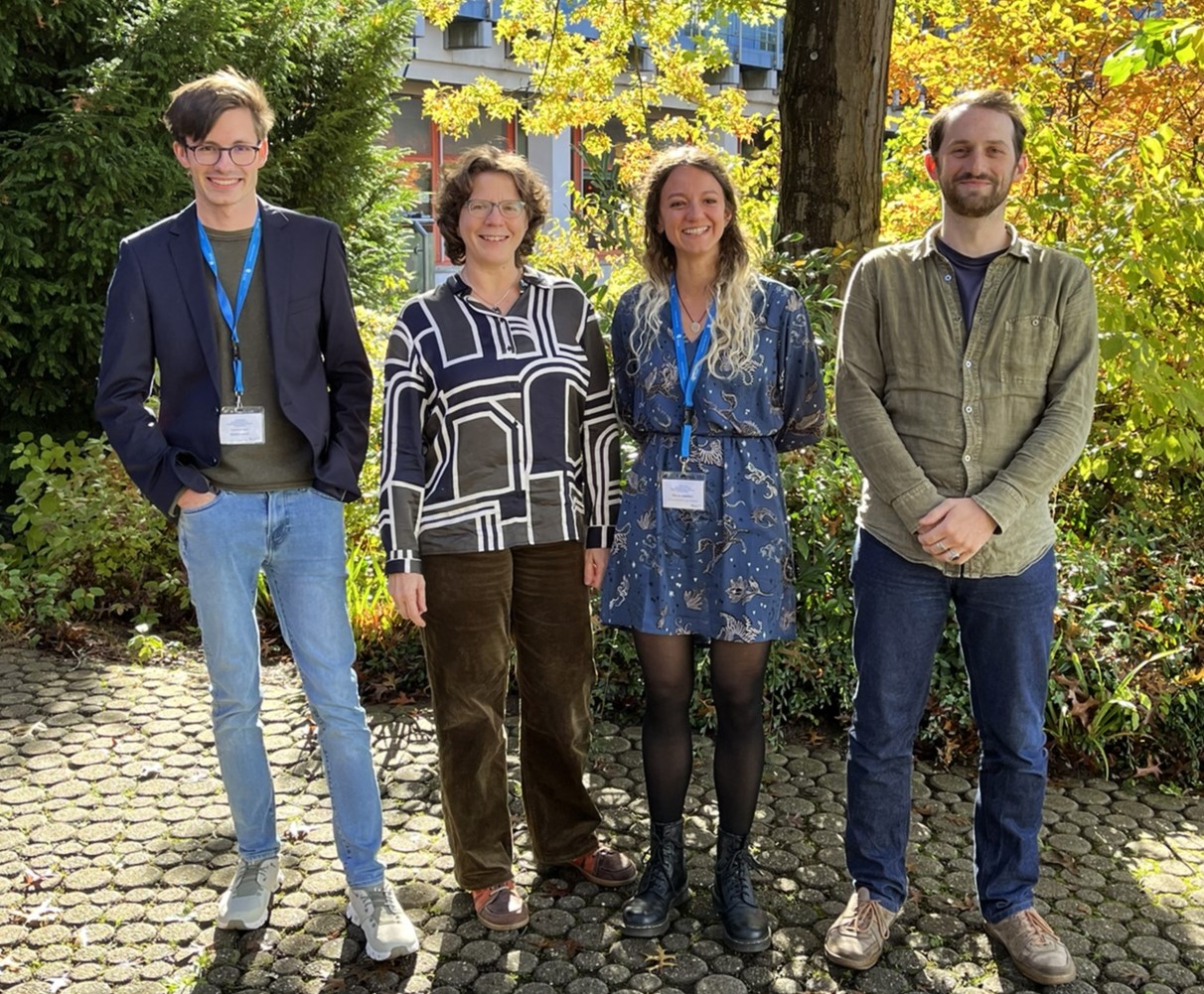

Ce projet servira (a) à améliorer notre compréhension actuelle des régularités du système accentuel anglais et (b) à promouvoir et encourager le dialogue et la collaboration entre différents cadres théoriques, la théorie guierrienne et les théories phonologiques fondées sur l’analogie.
Comment est-ce que l’accent est assigné dans les mots sans structure morphologiques ou dérivés de racines liées en anglais ? Comment peut-on expliquer, par exemple, que des mots comme begín, emít et rètrogréss sont accentués sur leur dernière syllabe, mais que des mots comme lísten, vómit et gállivant ont des schémas accentuels différents ? Bien qu’il existe une vaste littérature sur l’accentuation lexicale anglaise et que la plupart des spécialistes sont d’accord pour dire que le placement de l’accent en anglais n’est pas idiosyncratique, les propositions théoriques existantes sont rarement basées sur des corpus larges et laissent des proportions importantes de données sans explication.
Ce projet vise à apporter un nouveau regard sur les régularités de l’accentuation anglaise et, à terme, à développer un meilleur modèle, en réunissant les perspectives de deux traditions de recherche.
Nous utiliserons un mécanisme analogique computationnel pour tester le système guierrien de représentation sur deux types de données empiriques relatives à des classes de mots morphologiquement simples au comportement accentuel non-uniforme, et qui ont jusqu’à présent défié les analyses qui ont été proposées dans la littérature générative « mainstream ». Un premier type de données seront des données dictionnairiques des verbes existants, et l’autre type sera constitué de logatomes verbaux élicités dans le cadre d’une tâche de lecture. Pour le cadre guierrien, cela nous permettra de tester des hypothèses de base sur la pertinence et la nature des unités de représentation postulées. Pour un cadre analogique, cela nous permettra de développer une théorie adéquate de la représentation, qui est à ce jour manquante dans les analyses analogiques des généralisations phonologiques.
ENGLISH
This project serves to (a) promote our current understanding of regularities in English word stress, and (b) foster dialogue and collaboration between theoretical frameworks across research traditions, Guierrian theory and analogy-based theories of phonological grammar.
How is stress assigned in English morphologically simplex words? How do we explain, for example, that words like begín, emít and rètrogréss have stress on the final syllable, but words like lísten, vómit and gállivant? Despite the fact that there is a vast literature and that most scholars agree that English stress is not idiosyncratic, existing theoretical accounts are often not based on large corpora and leave large portions of the data unexplained. The most widely known among these are accounts set within the generative tradition of linguistic theorising, which assume that stress assignment is mainly determined by two groups of factors: morphological complexity and syllable structure.
The proposed project aims to shed new light on regularities in English verb stress, and to ultimately develop a better model, by bringing together perspectives from two research traditions.
Our central hypothesis is that, even though Guierrian and analogy-based theories fundamentally differ in their conceptual architectures, learning from each other will be highly beneficial in developing an adequate model of stress assignment.
We will use a computational analogical mechanism to test the Guierrian system of representation on two types of empirical data on non-uniform word stress in English simplex roots, which have so far defied attempts to account for them within the mainstream generative literature. One type will be dictionary data of existing words; the other will be novel words elicted in a reading study. In terms of the Guierrian framework, this will enable us to test basic assumptions about the relevance and nature of the hypothesised units of representations. In terms of an analogical framework, this will help us develop an adequate theory of representation, something that is currently lacking in analogical accounts of generalisation. We will use our findings to test extant architectural claims, Guierrian, analogical, and generative.